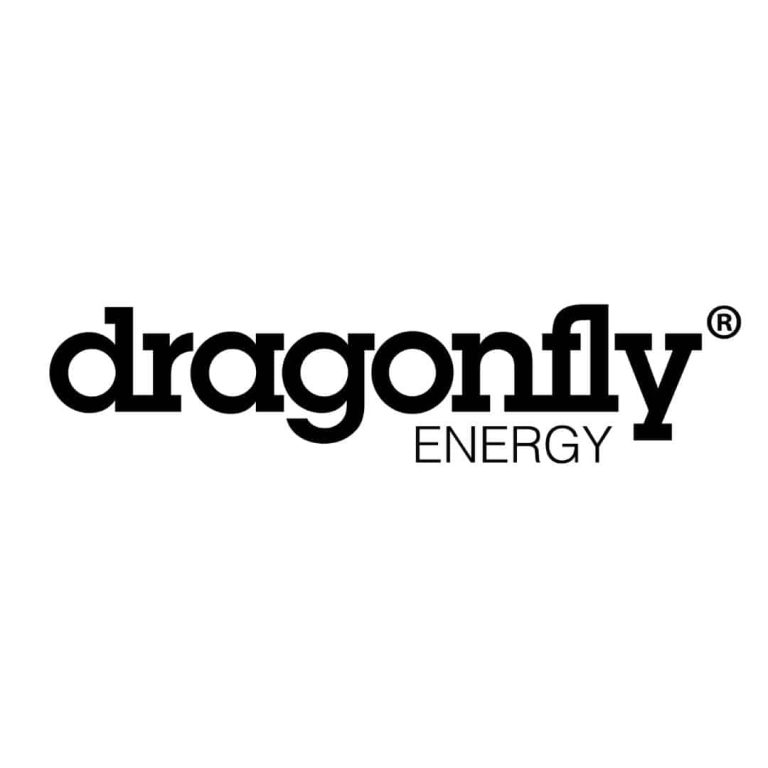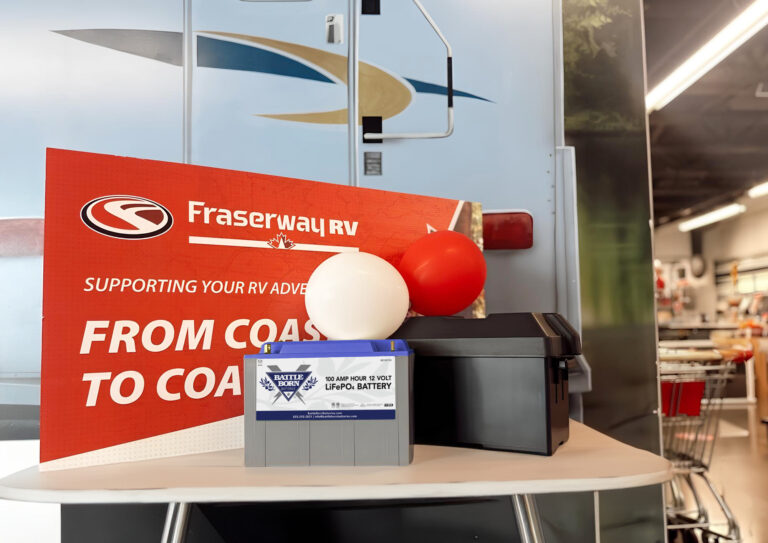A common misconception is that lithium-ion batteries for electric cars and those for energy storage are the same. However, the requirements for an electric vehicle battery and a lithium-ion battery for energy storage are very different.
While they’re both great at what they do, it’s essential to understand their differences. This can help you discover which type of battery is best for your specific situation. There’s no one-size-fits-all approach when it comes to using lithium-ion batteries.
What Is a Lithium Ion Battery for Energy Storage Made Of?
Energy storage applications need batteries that are stable to recharge day in and out with high reliability, longevity, and safety. Energy density is usually not as much of a concern as these batteries are not providing the energy to move their own weight, like in an electric car.
Our lithium-ion batteries for energy storage use a cathode composed of lithium iron phosphate (LFP) that meets these requirements well. However, this results in a higher weight per unit of energy, making these less than ideal for electric vehicles. An LFP battery creates less interaction between the electrolyte and the cathode, compared to more energy-dense chemistries, to help the battery last a long time and increase safety.
What Is a Lithium Ion Battery for Electric Cars Made Of?
Electric vehicles need to pack as much energy into a battery compared to its weight as possible. This is because the energy from the battery needs to move not only the car but also itself. We can measure the energy density of a battery in watt hours per volume (liters) or per weight (kilograms).
Most electric car batteries are made slightly differently than LFP batteries. Electric vehicle manufacturers rely on lithium-ion batteries made from nickel and cobalt to create the cathode to power their vehicles. They use these compounds because they are a much denser form of energy. This can help with propulsion scenarios, which are frequent in electric vehicles. These batteries are called NMC batteries due to their makeup.
Inside the lithium-ion battery for an electric car will be an organic liquid electrolyte. This electrolyte reacts strongly with oxygen, especially at higher temperatures. This is often why you’ve heard stories of explosions or other potential issues due to thermal runaway. They are less stable than LFP batteries.
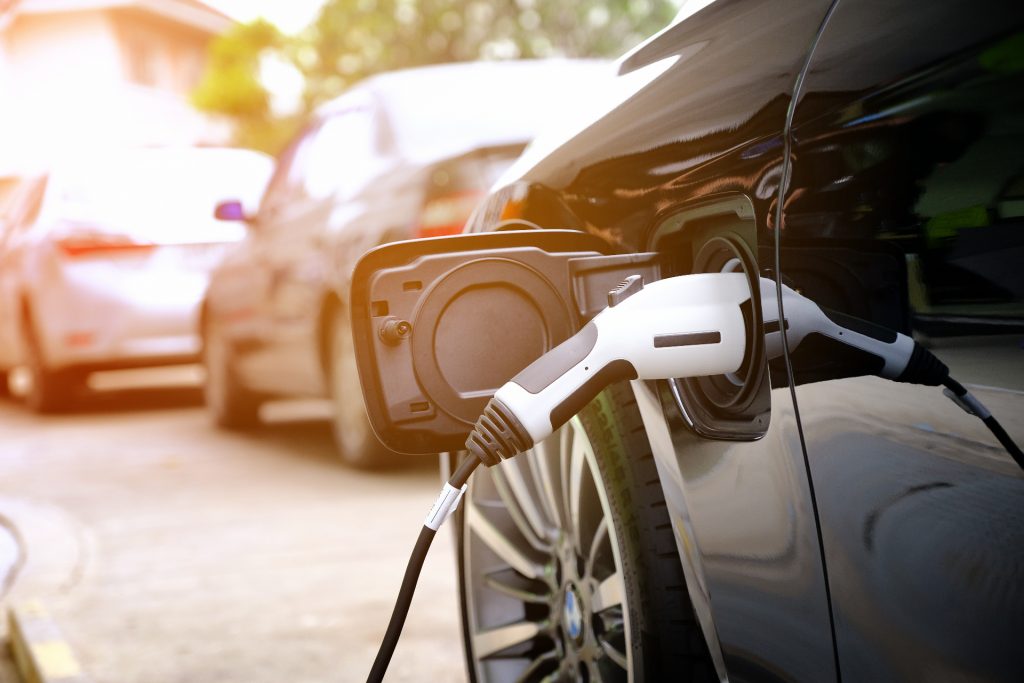
What Are the Differences Between Lithium Ion Batteries for Energy Storage and Lithium Ion Batteries for Electric Cars?
LFP and NMC batteries are both high-quality batteries that do a great job of providing tremendous amounts of power. However, a few key differences make them excel at their specific tasks. Understanding these differences can help determine which type of battery to use in a given situation.
Cathode Composition
Both types of lithium-ion batteries use a cathode to generate power. However, a battery designed for energy storage uses LFP, and an electric vehicle battery uses NMC since they are dense in terms of energy. Being denser in terms of energy makes these batteries an excellent solution for any tasks requiring propulsion, such as electric vehicles.
Oxygen Bond
Both types of batteries will require an electrolyte to react with oxygen. However, the oxygen bond in an NMC battery is much looser than the oxygen bond in an LFP battery. Because of this, thermal runaway can occur in these batteries much easier, and an explosion can occur in certain situations, especially in an environment with increased temperatures. Overall, LFP batteries are much less likely to experience thermal runaway and are typically a safer option.
Battery Age Process
NMC batteries operate at 3.7 volts compared to the 3.2 volts of an LFP battery. This higher voltage causes more rapid interaction between the NMC and the battery’s electrolyte. As a result, the battery experiences increased damage as it ages. Because the voltage of an LFP battery is lower, it can enjoy the benefits of stability at the cathode, which results in longevity for the battery.
In addition, LFP is a larger molecule compared to NMC. Because LFP is a larger molecule, LFP batteries can expand and contract more easily as the battery expands and shrinks while charging and discharging. Over the course of an LFP’s lifespan, this could mean thousands of charging and discharging cycles. Being able to expand and contract with ease is very important.
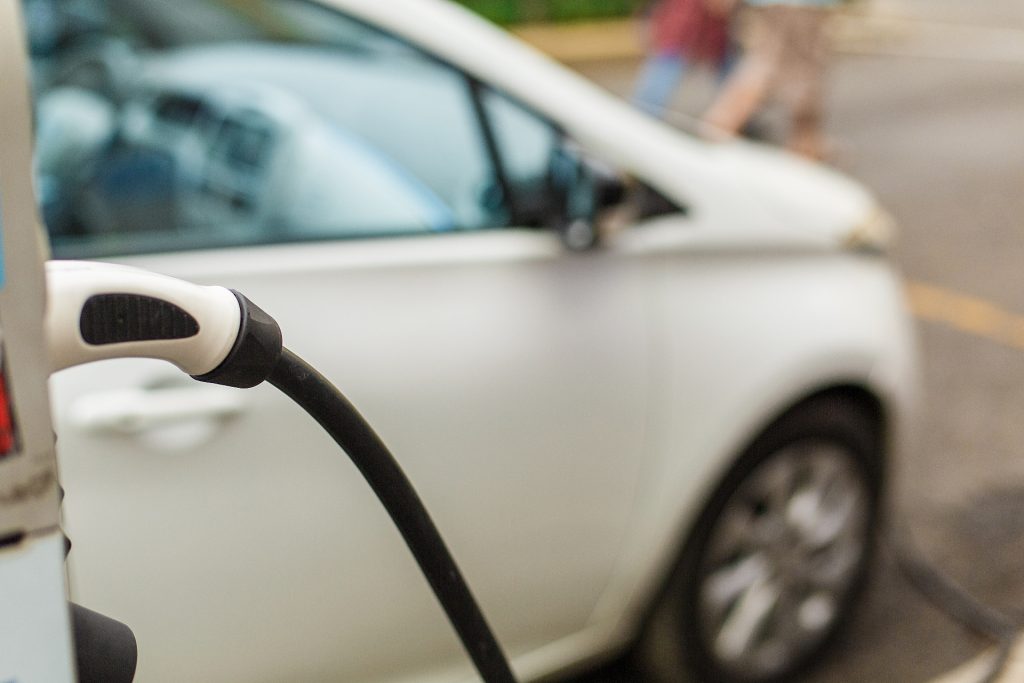
At What Voltage Does a Lithium Ion Battery for Energy Storage Operate?
Lithium-ion batteries, designed with energy storage in mind, operate at 3.2 volts per cell. This is lower than the voltage for NMC batteries used to operate cars. This provides more stability at the cathode and allows the battery to enjoy a longer life expectancy and fewer chances of thermal runaway. It’s perfect for storing the energy you need for later.
This 3.2 volts also matches older battery technology like lead acid voltages very well. This makes our LFP batteries a great application for storage in systems that operate at standard 12, 24, or 48 volts.
Suggested Reading: Battery Voltage Explained: What You Need To Know
At What Voltage Does a Lithium Ion Battery for Electric Cars Operate?
The lithium-ion batteries that vehicle manufacturers use in electric cars operate at 3.7 volts per cell. Pack voltages vary from car to car, but most operate around 400 volts. The increased voltage creates more interaction between the electrolyte and the cathode. While this delivers more power and voltage, it shortens the battery’s life. While this may not be the ideal solution for lithium-ion batteries for storage, it’s the perfect solution for powering electric vehicles.
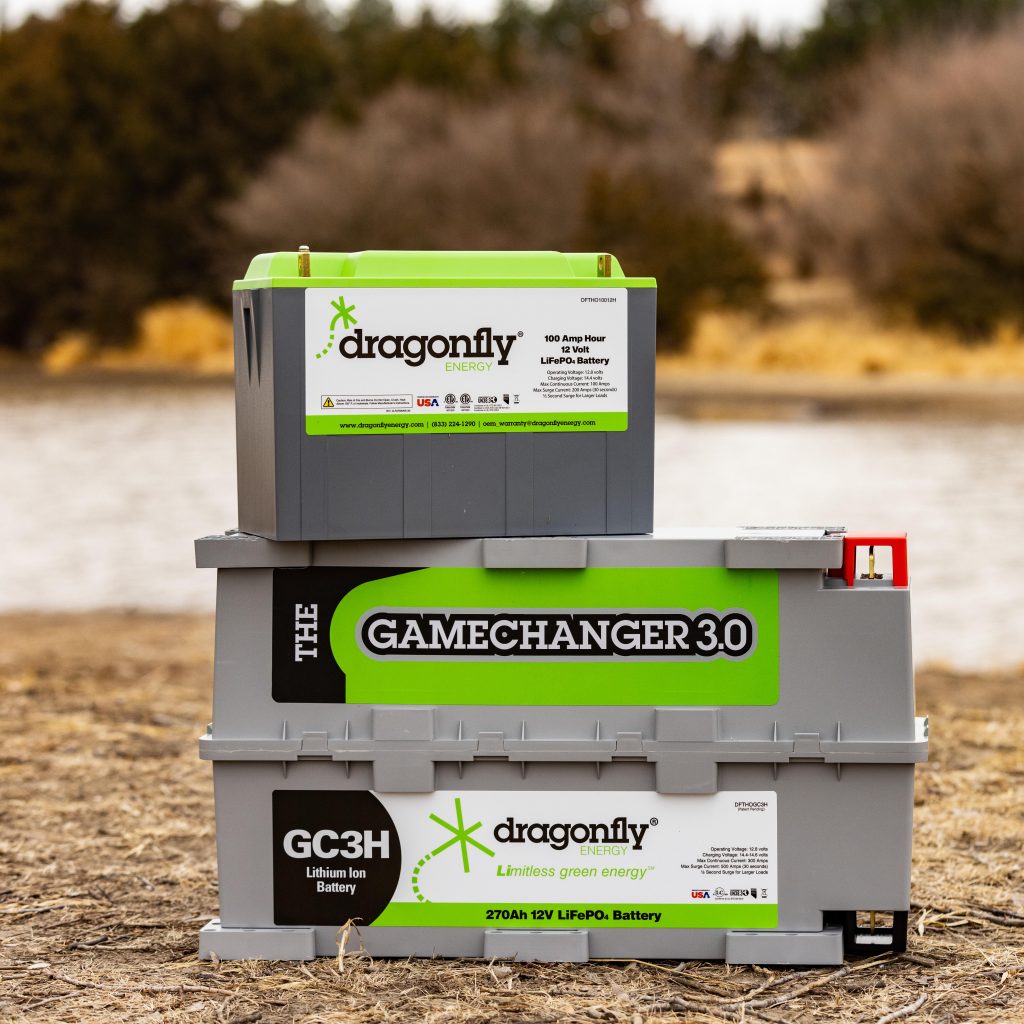
Dragonfly’s Focus on LFP Batteries Provides the Best Chemistry for Storage Applications
While NMC batteries are fantastic in certain use cases, Dragonfly’s focus remains on LFP batteries. These have the best type of chemistry for lithium-ion batteries used in storage applications. The chemistry is not only safe but also consistent and long-lasting. It’s hard to beat the results that LFP batteries produce time and time again.
